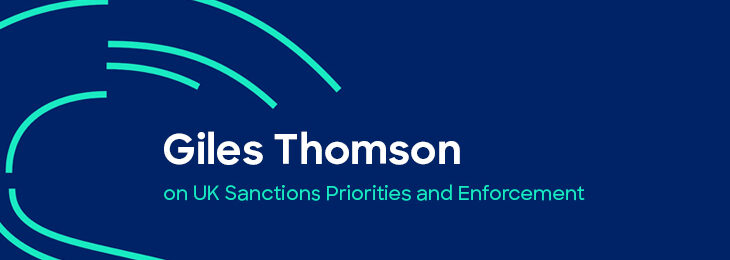
Effectiveness of AFC controls has been the goal of AFC professionals across the world. Despite strides made in tightening regulations and in the increased use of technology, as an overarching measure, effectiveness remains elusive with less than 1% of laundered funds confiscated.
Bank fines have dominated financial crime news in the last decade. Often the issues that were previously discovered internally by audit are not made public and the role played by internal audit is not always clear during an enforcement action. Yet the ecosystem of anti-financial crime relies heavily on auditors to provide assurance, to test controls with an independent mindset and protect the firm by calling out issues early.
In 2020, Westpac, an Australian bank, was fined AUD1.3bn for significant anti-money laundering (AML) failures. AUSTRAC’s CEO, Nicole Rose, shone the spotlight on audit saying:
“Such a large number of breaches over several years was unacceptable and could have been avoided with better assurance and oversight processes to identify ongoing reporting failures.”
In this instance regulators made note of the importance of the third line and of their part in combatting financial crime.
In recent years there has been significant emphasis on the role that internal audit plays in ensuring that firms have robust AFC controls. Financial institutions (FIs) have encountered many challenges in establishing an effective governance model with proper controls in place. In this paper we explore the challenges faced by AFC auditors and discover the potential of internal audit in ensuring that AFC controls remain effective.
Log in to access the full report.
You must be a member of ACAMS to see this content. Please login or join today for full access to www.ACAMSToday.org and other exclusive member-only content.










